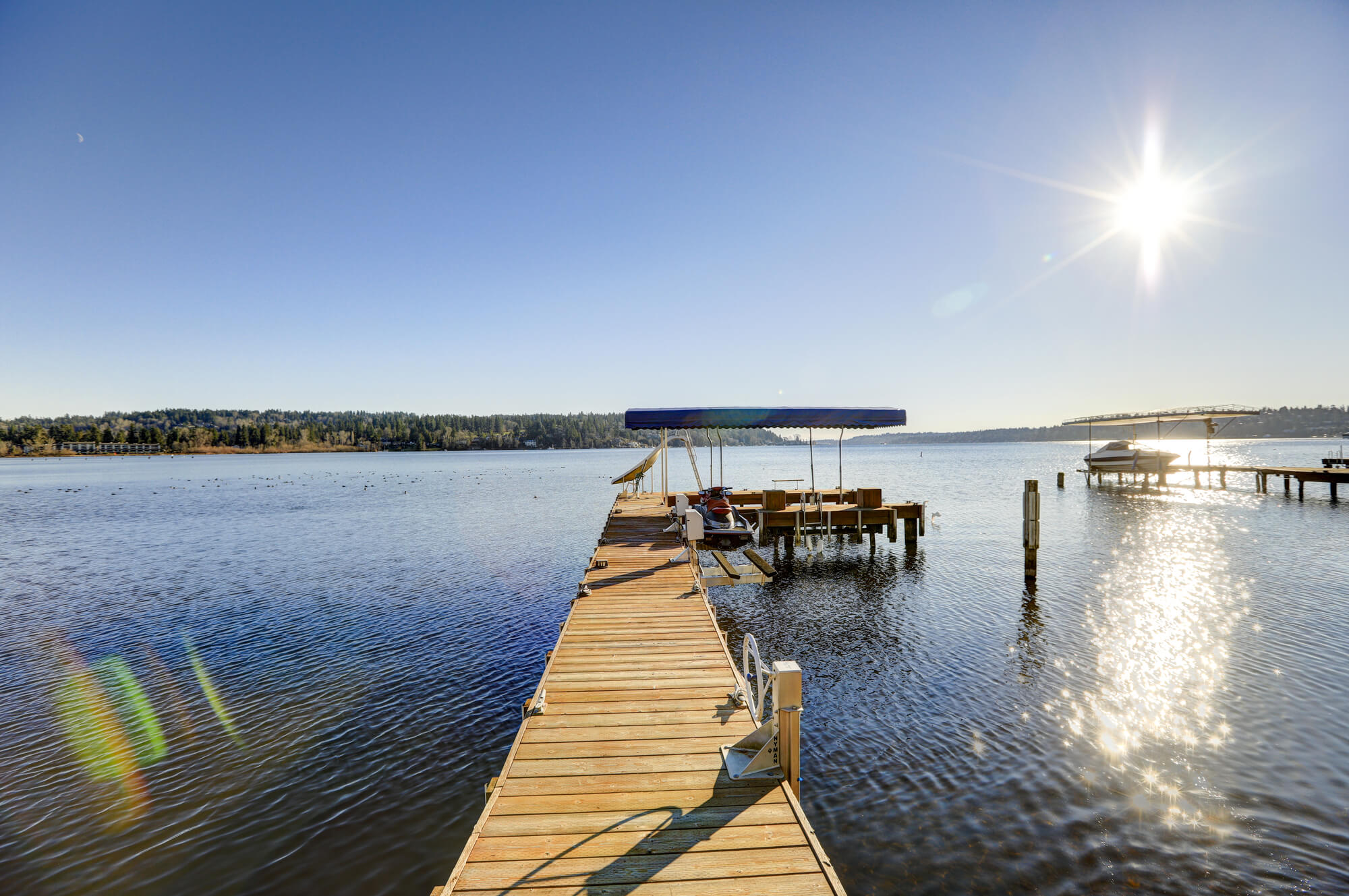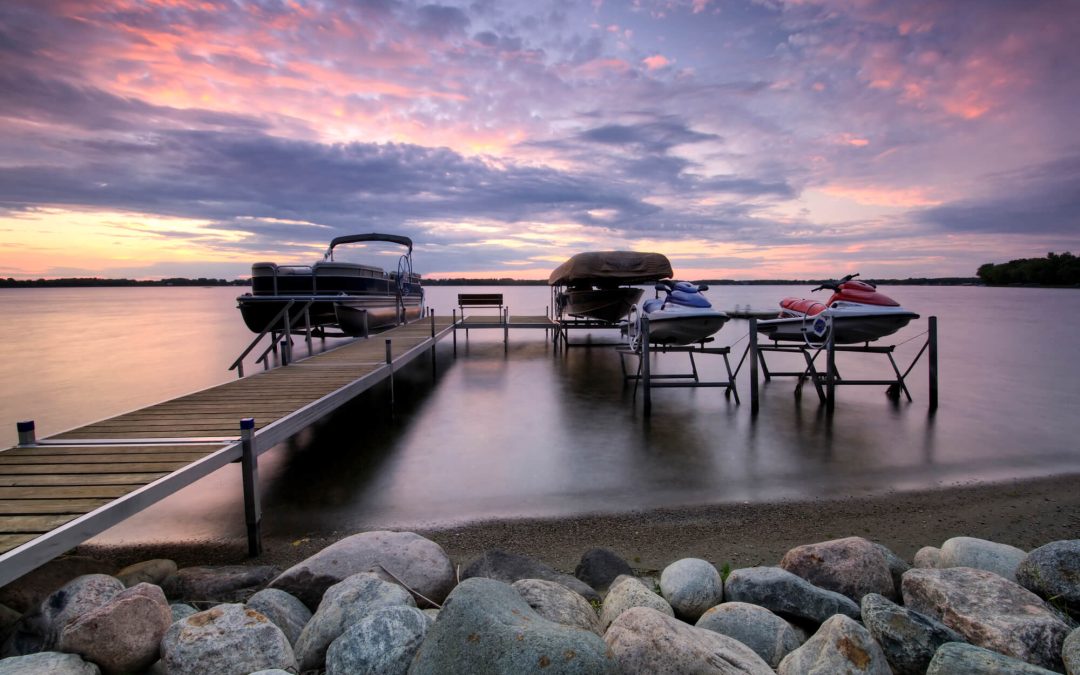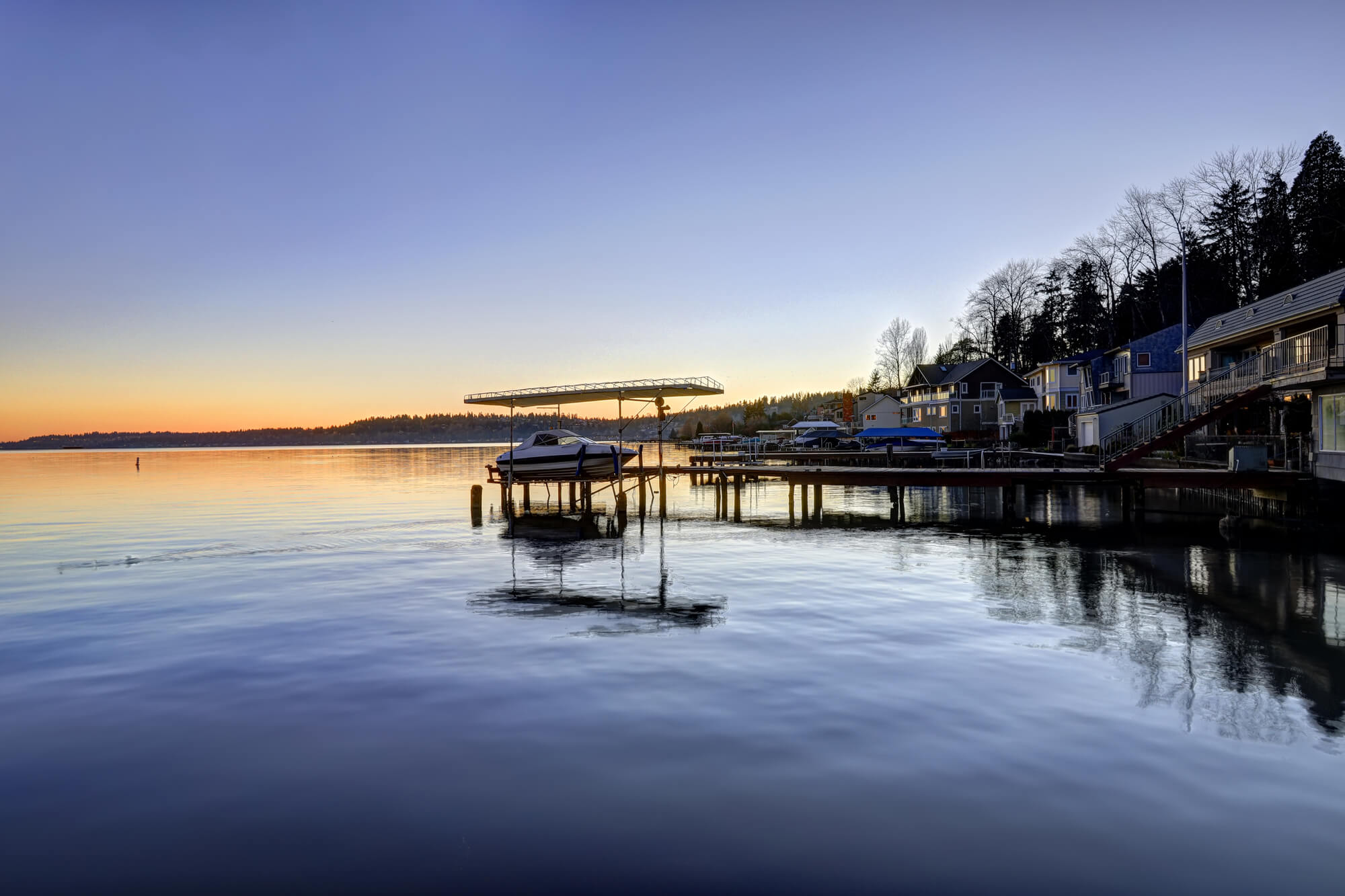Experts recommend removing your boat from your boat lift in Vero Beach and storing it on dry land before any hurricane to avoid damage to your vessel. Once the storm has passed, you’ll want to ensure your lift system and dock or seawall are in excellent shape following a storm by inspecting them safely.

Boat Lift Inspection: What You Should Do After a Storm
Ensure the Power is Off
You should turn off the electrical service at the shoreside electrical service panel before doing anything with your dock and lift. You should also attach lockout tags to the service panel to prevent anyone from accidentally turning the power on again while you’re inspecting the dock and boat lift.
Assess the Structural Integrity of the Dock or Seawall
When marine engineers build seawalls, they consider both the pressure exerted by the water behind the seawall and the pressure exerted by the land behind it. Maintaining an appropriate pressure balance is crucial to quality seawall construction. Contrary to popular belief, surges of water coming toward the land don’t cause hurricane damage to seawalls. In hurricanes, high winds drive water away from the land, causing seawall damage.
Consequently, seawalls suffer from pressure imbalances due to the pressure from the land and a lack of water support on the other side of the seawall. In such cases, the seawall can crack or crumble. It’s important to note that seawall damage may go unnoticed because the water often returns to normal levels before property owners can inspect them. Furthermore, a storm could still damage a seawall even if the property wasn’t flooded.
You’re probably aware that your boat lift is only as strong as the structure that supports it. Since hurricanes and other tropical storms can potentially cause considerable damage to docks and seawalls, you’ll want to have a professional check their structural soundness before attempting to use a boat lift system attached to them.
Check the Electrical Components
Inspect electrical components you may have on the dock, including lift motors, lights, and electrical cables that connect to the boat lift control box. Look for broken cables in the water.
Additionally, keep an eye out for loose cables that flopped around the wind, cables that may have broken internal strands, and those that may have broken the terminal connections. You shouldn’t turn on the lift’s power if you suspect the motors were submerged.
Inspect the Boat Lift’s Cables
Watch out for kinks and abrasions on the lift cables. Try running your hand over each cable to feel frayed or broken strands. If you find questionable areas, avoid using the boat lift until you’ve installed new cables.
Do a Test Run
You can turn the power back on after ensuring that everything on your dock and lift system is in good shape. Test your control box, gearbox, and motors by running your boat lift up and down. Consult your lift owner’s manual if the lift system isn’t working. You can use your manual as a guide for troubleshooting issues. However, you may need to replace your lift motors and gearbox if they were submerged in saltwater during the storm.
Looking for a Quality Boat Lift in Vero Beach?
At Hurricane Boat Lifts, we design and build the highest quality and most attractive boat lift systems at affordable prices. Get in touch with us today to learn more about our products, or make an appointment.


